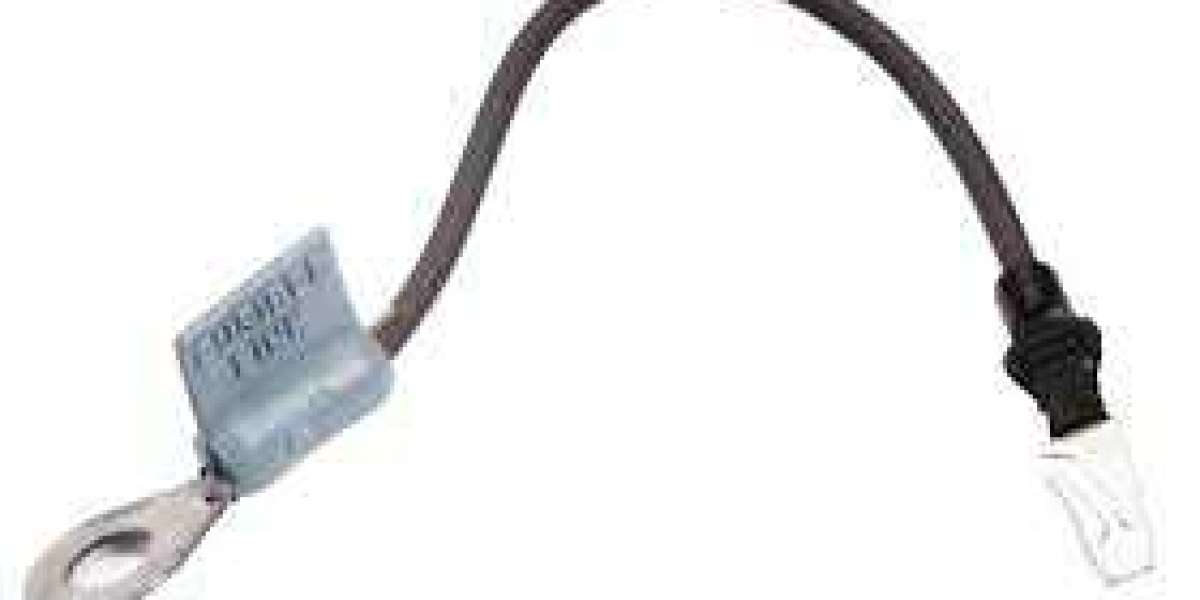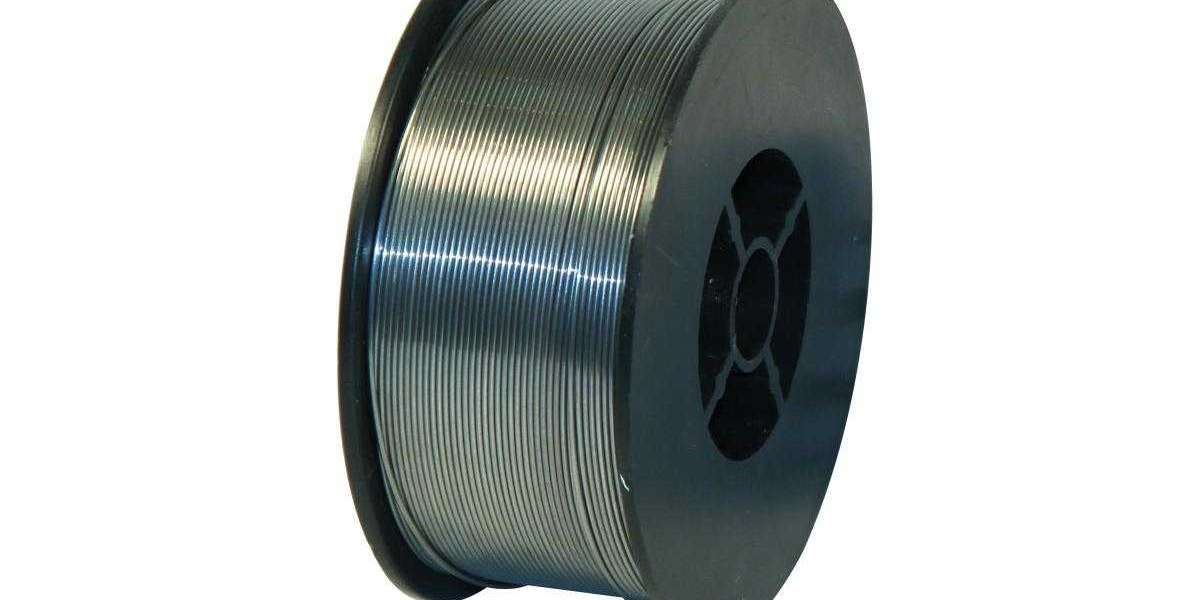Pain is a universal experience, affecting individuals regardless of age or background. From young children experiencing growing pains to the elderly dealing with chronic conditions, managing pain is a crucial aspect of maintaining quality of life. Fortunately, a wide array of pain relief solutions exists, catering to diverse needs and preferences. In this article, we will explore various accessible pain relief options suitable for all ages, ranging from non-pharmaceutical approaches to technological innovations.
Understanding Pain and Its Impact
Before delving into specific solutions, it's important to understand the nature of pain. Pain can be acute, arising from injury or illness, or chronic, persisting beyond the expected healing time. Chronic pain conditions, such as arthritis or fibromyalgia, can be particularly challenging, affecting mobility and daily activities.
Pain can also impact emotional well-being, leading to stress, anxiety, and depression. Therefore, effective pain management is not just about alleviating physical discomfort but also about enhancing overall quality of life.
Non-Pharmaceutical Approaches
Physical Therapy and Exercise
Physical therapy is a cornerstone of pain management, particularly for musculoskeletal issues. A physical therapist can design a personalized exercise program to strengthen muscles, improve flexibility, and reduce pain. Exercises like stretching, strengthening, and low-impact activities such as swimming or walking can be beneficial for people of all ages.
For children and adolescents, physical therapy can help address sports injuries, congenital conditions, or posture problems. For older adults, tailored exercise programs can improve balance, reduce fall risk, and manage conditions like arthritis.
Heat and Cold Therapy
Heat and cold therapy are simple yet effective methods for managing pain. Heat therapy, such as heating pads or warm baths, can relax tight muscles and increase blood flow, making it useful for conditions like back pain or menstrual cramps. Cold therapy, including ice packs or cold compresses, helps reduce inflammation and numb the affected area, providing relief from acute injuries or swelling.
Massage Therapy
Massage therapy involves manipulating the muscles and soft tissues to alleviate pain and promote relaxation. Techniques such as Swedish massage, deep tissue massage, and trigger point therapy can be adapted for different age groups and pain conditions. For children, gentle touch and infant massage can be comforting, while older adults may benefit from more targeted techniques to address chronic pain or tension.
Acupuncture
Acupuncture, a traditional Chinese medicine practice, involves inserting thin needles into specific points on the body to balance energy flow and alleviate pain. Studies have shown that acupuncture can be effective for various types of pain, including back pain, arthritis, and migraines. It is generally safe for individuals of all ages, though it is essential to consult a qualified practitioner.
Technological Innovations
Transcutaneous Electrical Nerve Stimulation (TENS)
TENS is a non-invasive technique that uses electrical impulses to stimulate nerves and reduce pain. TENS units are portable devices that can be used at home, making them accessible for people of all ages. They are particularly useful for managing chronic pain conditions like osteoarthritis or neuropathic pain. However, TENS should be used under the guidance of a healthcare professional to ensure safety and effectiveness.
Wearable Pain Relief Devices
Recent advancements in technology have led to the development of wearable pain relief devices. These include smart devices that use techniques such as electrical stimulation, infrared therapy, or vibration to manage pain. For instance, wearable heat therapy belts or infrared knee braces can provide localized relief and are designed for ease of use.
Virtual Reality (VR) Therapy
VR therapy is an emerging field that uses virtual environments to distract patients from pain and facilitate relaxation. For children undergoing medical procedures or adults undergoing rehabilitation, VR can provide an immersive experience that reduces pain perception and anxiety. While still a developing area, VR therapy shows promise as a complementary pain management tool.
Lifestyle and Complementary Approaches
Diet and Nutrition
Diet plays a crucial role in managing pain, particularly inflammatory conditions. Anti-inflammatory foods, such as fruits, vegetables, nuts, and fatty fish, can help reduce inflammation and improve overall health. Conversely, processed foods high in sugar and saturated fats can exacerbate pain and inflammation. For individuals with chronic conditions, consulting a nutritionist for personalized dietary advice can be beneficial.
Mind-Body Techniques
Mind-body techniques, including mindfulness meditation, yoga, and deep breathing exercises, can help manage pain by promoting relaxation and reducing stress. These practices can be adapted for different age groups, from simple breathing exercises for children to more advanced yoga poses for adults. Incorporating these techniques into a daily routine can help individuals cope with pain more effectively.
Cognitive Behavioral Therapy (CBT)
CBT is a psychological approach that helps individuals understand and change their pain-related thoughts and behaviors. By addressing the emotional and cognitive aspects of pain, CBT can improve coping strategies and overall quality of life. This therapy is suitable for both children and adults and can be delivered in individual or group settings.
Conclusion
Pain relief is a multifaceted challenge that requires a personalized approach. Fortunately, a range of accessible solutions exists, from physical therapies and technological innovations to lifestyle changes and complementary approaches. By exploring and combining these methods, individuals of all ages can find effective ways to manage their pain and enhance their quality of life. Whether through non-pharmaceutical methods, advanced technologies, or holistic practices, there are options available to meet diverse needs and preferences. It is always advisable to consult with healthcare professionals to determine the most appropriate and safe pain relief strategies for individual circumstances.








